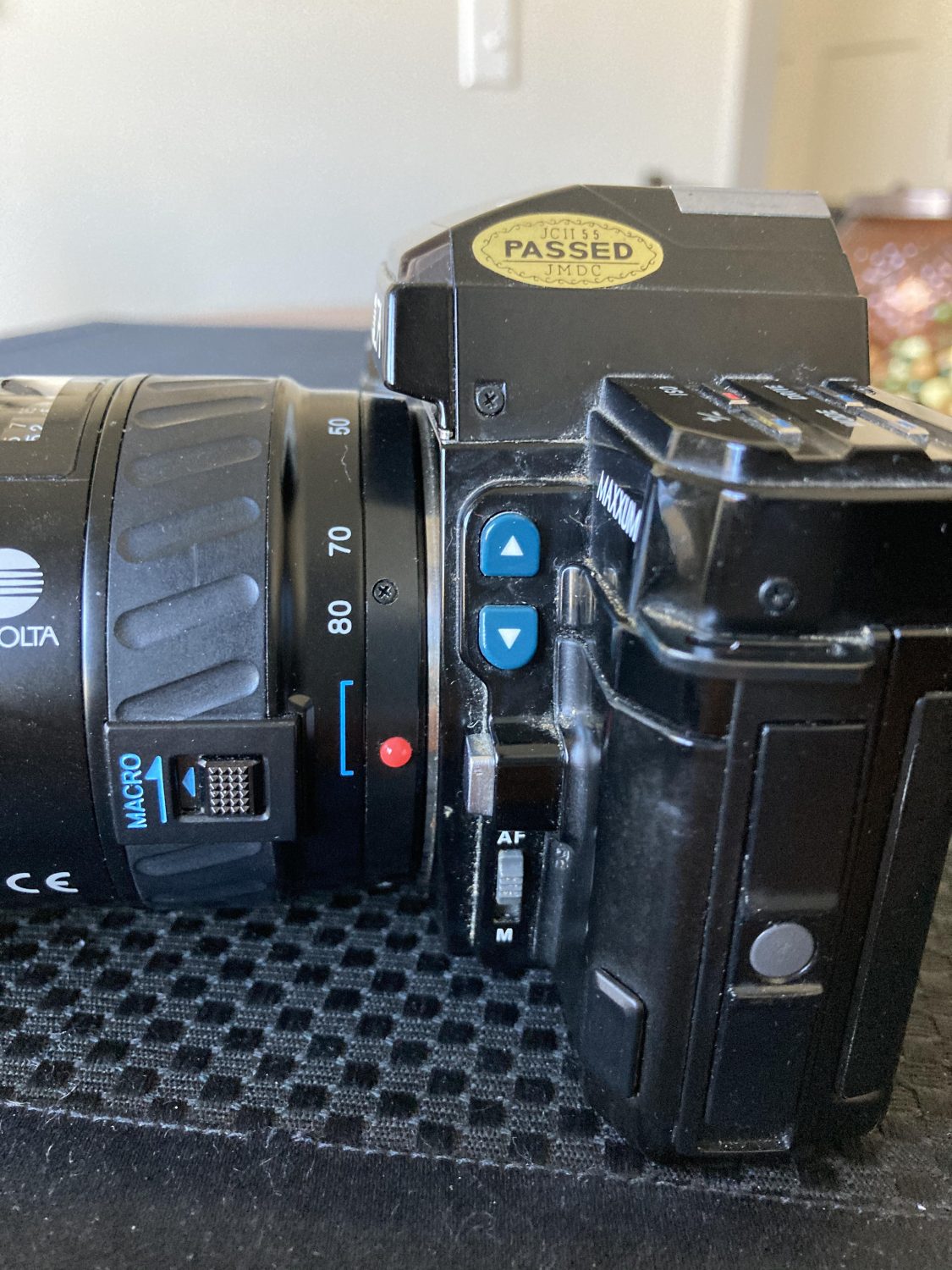

After an hour of fussing with the advance rollers, the mirror, etc, I discovered an elegant solution: I turned it upside down, kept pressure on the shutter button, and tapped the top of the camera (upside down) into the palm of my hand. My SRT SC-II was wound and jammed: the shutter button wouldn't depress. I know this post is old, but if I had found this method described when I googled this problem it would have saved me a lot of time, anxiety, and a half a roll of film. I wanted to post here because I haven't seen this solution before. They are either with the aforementioned 54mm f/1.4 or the 24mm f/2.8.I just had this problem, and then solved it. If you can get one in as mint condition as I have, you will not be disappointed.īelow you will find a small gallery of some of my favorite snapshots I’ve taken over the years with this camera. It has seen me through every phase in my learning of photography, and whether it be the camera body or its lenses, this setup continues to earn near constant use from me no matter what photographic endeavor I am setting out on. The SRT 201 is a faithful photographer’s companion. Though I am experimenting with Contax Zeiss lenses now to get that little extra bit of sharpness, it’ll be hard to beat the already stellar kit of Minolta lenses I have at my disposal. If it sounds like I’m in love with this camera, it’s probably because I am. Over the years, I’ve certainly grown to trust this camera’s metering just as much as I have its mechanical operation. Typically, what the camera gives me is spot-on.

Only under the most difficult of lighting conditions do I find I need to do much exposure editing in Lightroom. I find the SRT’s metering to be uncommonly accurate. This on/off switch is beyond useful, as I haven’t changed my camera battery in about five years, and it is still working. You can engage the meter via a small knurled switch on the bottom of the camera, (you will need to use your fingernail to move it, which isn’t the most comfortable thing in the world).

The metering system is through-the-lens (TTL) and can be read via a little needle and matching circle on the right side of the viewfinder. The lenses are solidly constructed metal, and despite years of throwing mine into a rucksack (sometimes with no protection other than two lens caps), they have worked without fail and show no signs of stopping. The 54mm f/1.4 in particular is a bargain lens with a razor thin depth of field. Because there is no modern brand equivalent to the Minolta, old bodies and lenses don’t command as high a price as you might expect for the quality. Some of my favorite pictures have been taken with either this camera, or one of its lenses strapped to my Sony A7. Minolta lenses aren’t quite Zeiss sharp, but they are certainly close-enough.

The Contax always sounds like it will break if I look at it the wrong way, whereas the Minolta would survive an expedition to Siberia and back. Even my darling Contax 167MT, with its electric shutter and Zeiss lenses, lacks such a substantive feel. Every button and dial answers with a substantive click that really inspires confidence in the mechanism. I’ve used mine without issue for the better part of decade, and despite the camera being 43 years old, I have never had a single problem with it. The mechanical operation is satisfying and feels durable. The heft when you first pick it up is substantial, and makes you realize you are holding a proper photographer’s tool. If it wasn’t for this piece of glass and metal, I might not consider myself to be a photographer today. It was my first real SLR when I was learning to take pictures back in the 10th grade. The SRT 201 is the epitome of this concept. A lot of photographers swear by gear that isn’t necessarily the best or most expensive, instead opting for gear that is familiar and reliable. This is not because it does any one thing well, but rather that it does nothing wrong at all. The Minolta SRT 201 is my all-time favorite camera.


 0 kommentar(er)
0 kommentar(er)
